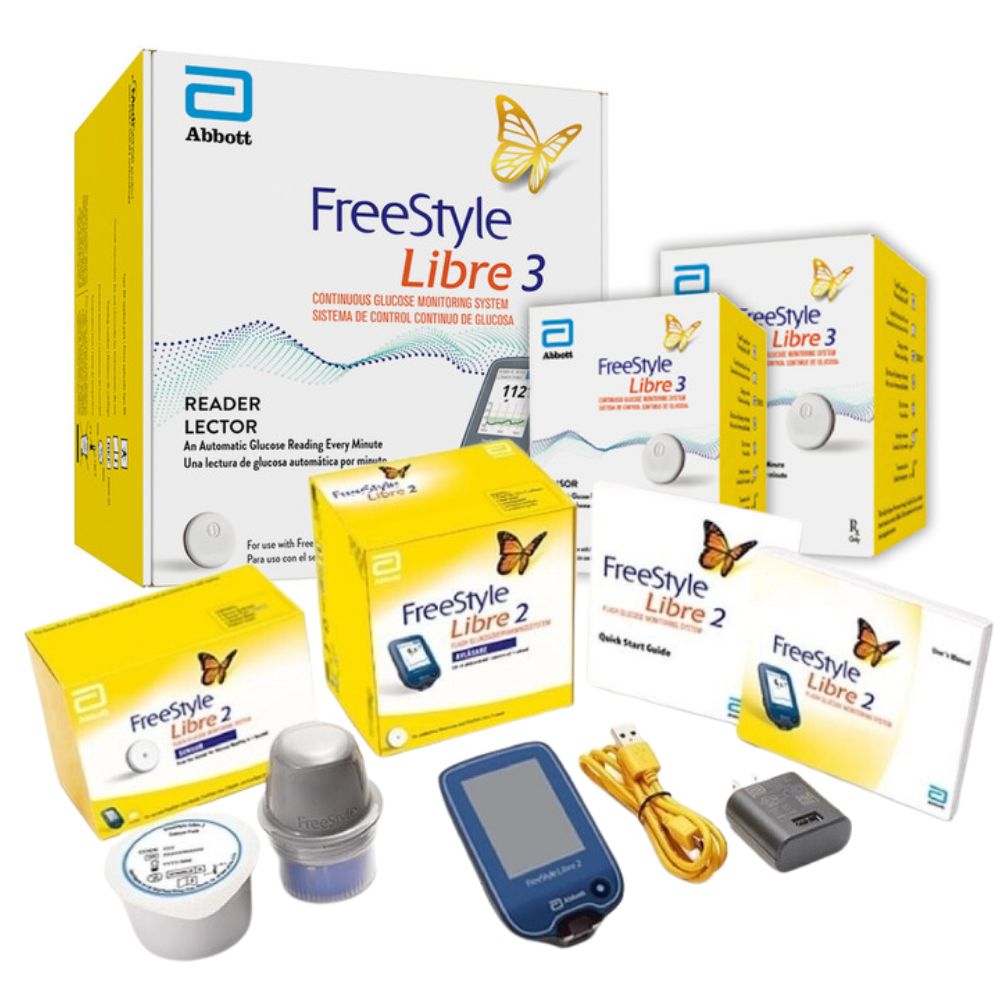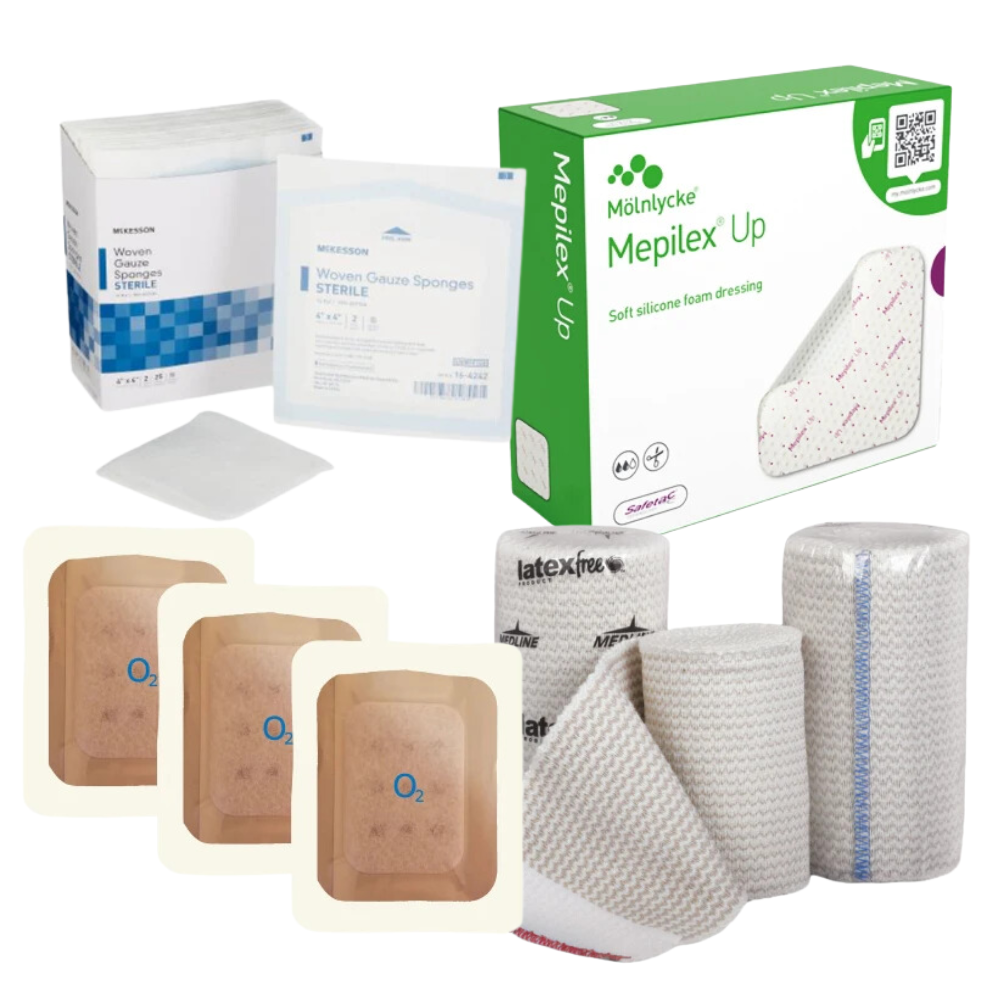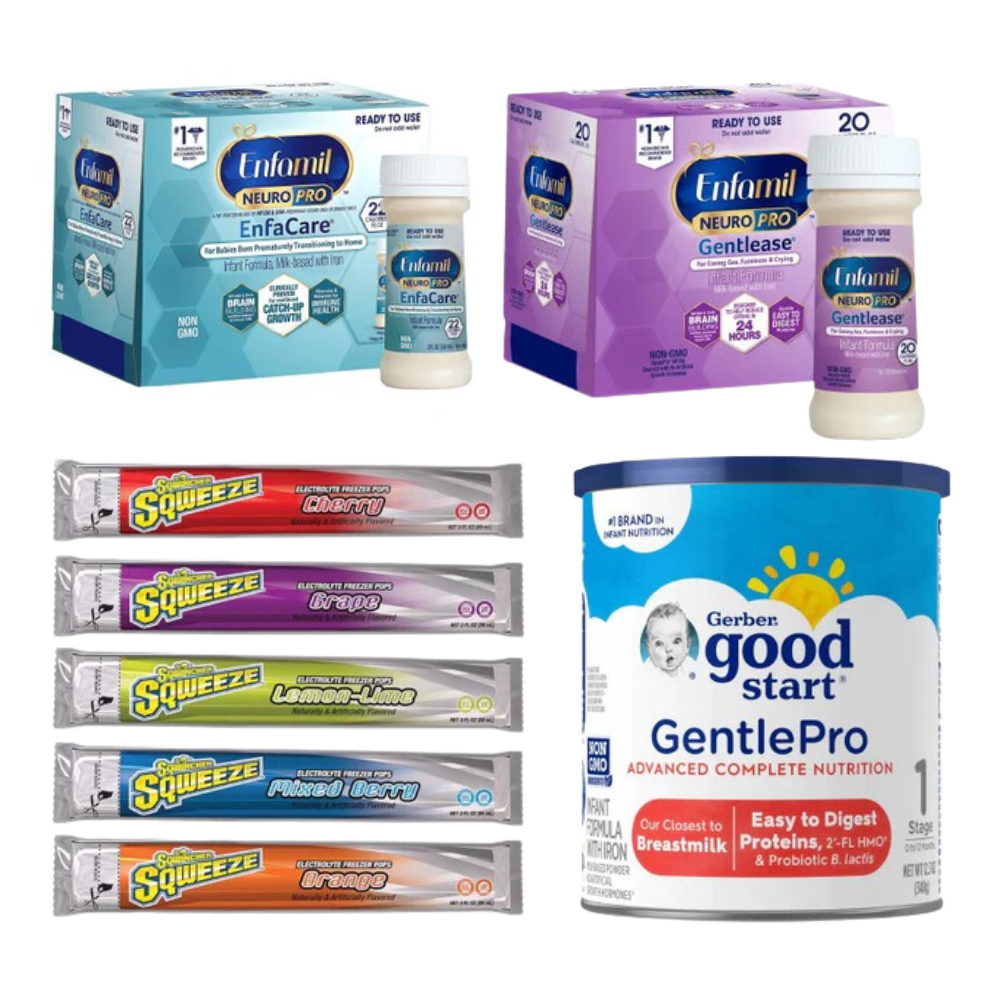
Proper wound care management is essential for preventing infections, promoting faster healing, and minimizing scars. Whether you’re treating a minor cut, scrape, or chronic wound, following the correct steps can make all the difference. In this guide, we’ll cover the best wound care practices and the common mistakes to avoid.
The Do’s of Wound Care

1. Clean the Wound Properly
- Gently rinse the wound with clean water or a saline wound cleanser to remove debris.
- Use mild soap around (not inside) the wound to prevent bacterial infections in wounds.
- Pat dry with a sterile gauze pad to reduce contamination.

2. Apply an Antiseptic to Prevent Infection
- Use an over-the-counter woundd antiseptic solution such as iodine or hydrogen peroxide in moderation.
- Avoid excessive use, as some antiseptics can slow down the natural wound healing process.

3. Keep the Wound Covered with a Proper Dressing
- Use a sterile wound dressing or bandage to protect the wound from dirt and bacteria.
- Change the dressing daily or whenever it becomes wet or dirty to maintain a moist wound healing environment.

4. Watch for Signs of Infection
- Signs of wound infection include redness, swelling, warmth, and pus formation.
- If you notice any of these symptoms, seek professional wound care treatment immediately.

5. Maintain a Healthy Diet for Faster Healing
- Eat foods rich in protein, vitamin C, and zinc to promote faster wound healing.
- Staying hydrated supports skin tissue repair and immune function.

6. Use Compression Therapy for Chronic Wounds
- If you have venous ulcers, diabetic foot wounds, or slow-healing wounds, compression therapy can improve circulation and aid in recovery.
The Don’ts of Wound Care

1. Don’t Overuse Hydrogen Peroxide or Alcohol
- While these agents disinfect wounds, frequent use can damage new skin tissue and delay wound healing.

2. Don’t Leave the Wound Exposed
- Open wounds are more prone to bacterial infections and delayed healing.

3. Don’t Pick at Scabs
- Scabs protect the wound during healing. Picking at them can lead to infection, scarring, and slow healing.

4. Don’t Ignore Deep or Large Wounds
- If a wound is deep, bleeding excessively, or not closing properly, seek emergency wound care immediately.

5. Don’t Delay Medical Attention for Chronic Wounds
- Individuals with diabetes, poor circulation, or immune system issues should monitor wounds closely.
- Non-healing wounds may require advanced wound care treatments, including specialized wound dressings and compression therapy.

Get the Best Wound Care Supplies for Faster Healing
For proper wound care, using the right wound care products is crucial. At CureMedRx, we provide a wide selection of advanced wound care solutions to support healing at every stage. Explore our top categories:
- Advanced Wound Care – High-quality wound care solutions for chronic and complex wounds.
- General Wound Care – Essential first-aid and wound management supplies for everyday injuries.
- Wound Care Kits and Trays – Convenient all-in-one solutions for wound treatment and dressing changes.
- Wound Care Accessories – Tools and supplies to assist with proper wound management.
- Alginate Dressings – Ideal for wounds with heavy exudate to promote moisture balance.
- Cellulose Dressings – Absorbent dressings designed for moderate to heavily draining wounds.
- Collagen Dressings – Supports tissue regeneration and wound closure.
- Composite and Cover Dressings – Versatile dressings that offer multiple layers of protection.
- Debridement Products – Promote removal of dead tissue to speed up healing.
- Wound Fillers – Help manage deep wounds by promoting granulation.
- Foam Dressings – Highly absorbent dressings for wound exudate control.
- Hemostatic Agents – Stop bleeding quickly for emergency wound care.
- Honey Dressings – Natural antibacterial dressings for wound healing.
- Hydrocolloid Dressings – Create a moist environment for enhanced healing.
- Hydrogel Dressings – Provide hydration to dry wounds and burns.
- Impregnated Dressings – Dressings pre-treated with beneficial agents for healing.
- Negative Pressure Wound Therapy – Advanced wound healing technology for chronic wounds.
- Silicone Dressings – Minimize pain during dressing changes.
- Silver Dressings – Antimicrobial properties help prevent infections.
- Specialty Dressings – Unique dressings for specialized wound care needs.
- Absorbent Dressings – Help manage wound exudate effectively.
- Surgical Sponges – Essential for cleaning and protecting surgical wounds.
- Wound Cleansers and Irrigators – Ensure proper wound cleaning and disinfection.
- Adhesives and Medical Tape – Secure dressings and bandages in place.
- Medical Adhesive Removers – Safely remove bandages without skin irritation.
- Compression Bandages – Improve circulation and support wound healing.
- Liquid Bandages – Seal minor cuts and scrapes quickly.
- Protective Guards – Prevent further injury to healing wounds.
- Unna Boots – Provide compression and healing benefits for leg ulcers.
- First Aid Kits – Be prepared for any minor injuries at home or on the go.
- Applicators – Essential tools for applying wound care products.
By following these wound care best practices, you can speed up healing, prevent infection, and reduce complications. Explore our full range of wound care solutions at CureMedRx to find the best products for your needs!



